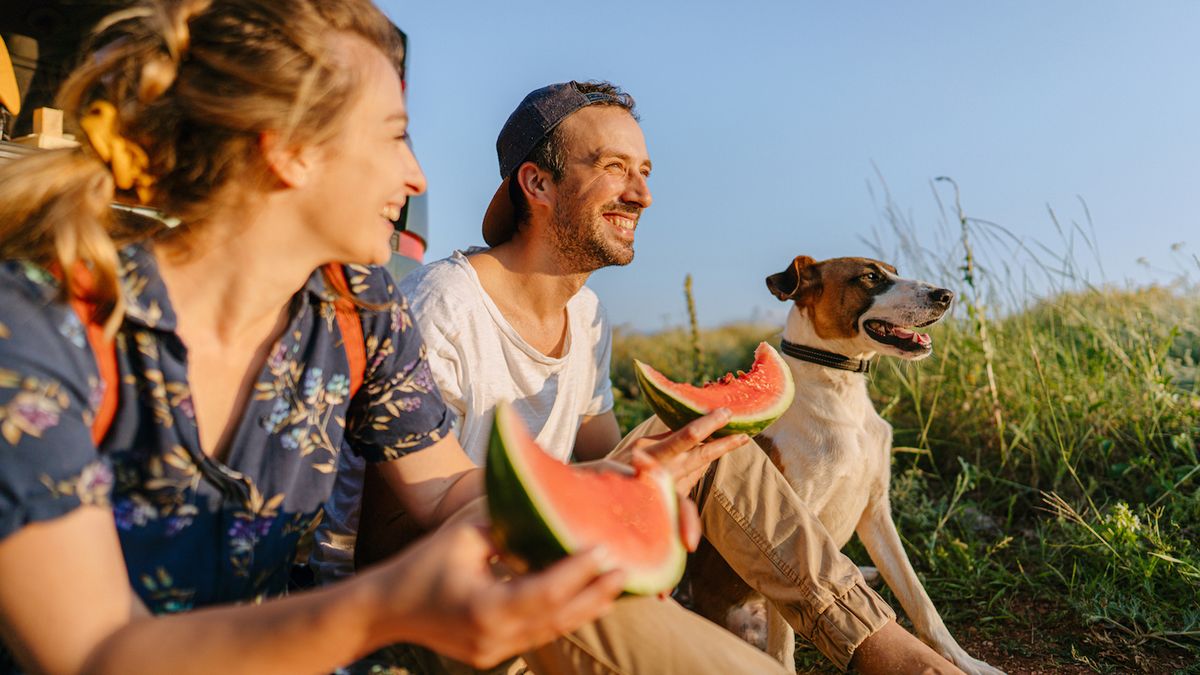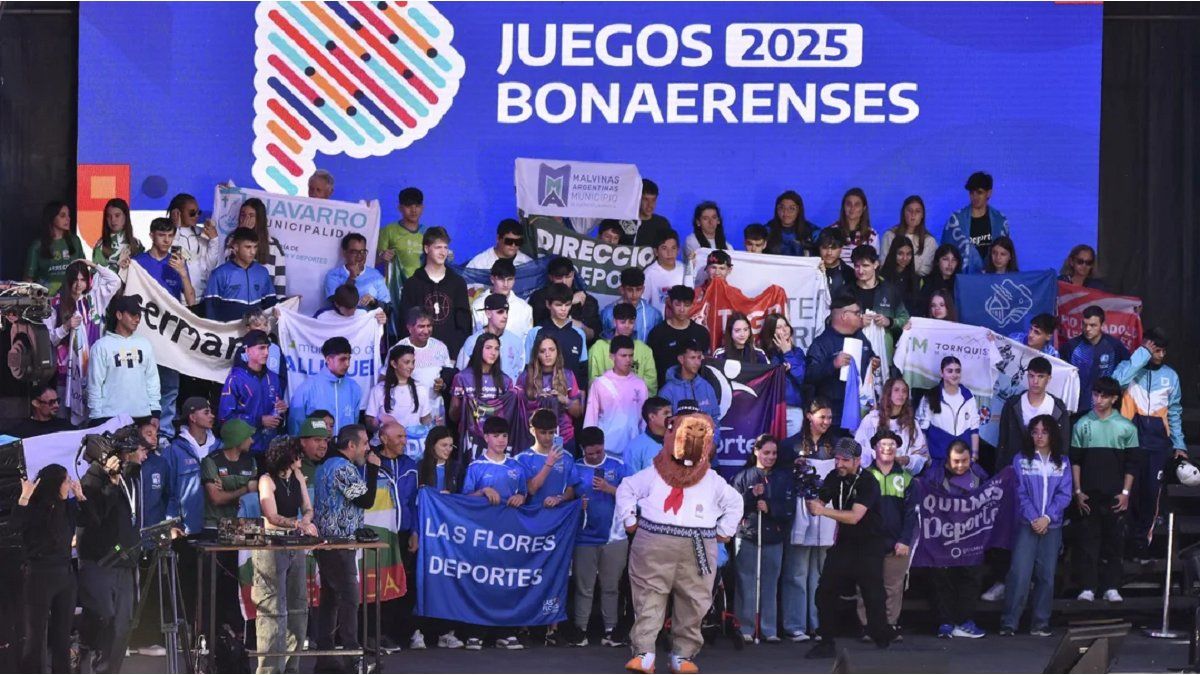The research platform VisualGPSwhich over the last three years has captured the opinion of the Argentine population on cultural and consumer trends, observed a change in mentality after the pandemic towards a more comprehensive approach to well-being, which goes beyond physical health.
The latest survey revealed that when Argentines were asked about their life priorities, work-life balance went from fifth to first place, from 2021 to 2022.
Triggered by the pandemic, iStock experts say this shift has had a profound impact on the way wellness was, is, and should be viewed to connect with people in ways that are authentic, current, and relevant.
Rebecca Swift, Vice President of Creative Insights at iStock, comments: “Since the launch of VisualGPS three years ago, we have been able to follow the evolution of the visual concept of well-being along with the expectations of thousands of people around the world. Before the pandemic, the most popular images and videos visualizing the concept of well-being focused primarily on physical health through ‘fitness’ trends such as yoga classes, or expensive gym memberships.During the pandemic, the concept of ‘health’ evolved towards a social and emotional issue where accessibility to wellness was vital for all, with mental health at the forefront of the conversation.”
More recently, the desire for ‘self-care’ is still important, but people continue to reimagine exactly what comprehensive and holistic wellness means to them. The latest VisualGPS results reveal that the concept of “connection with my community” It is now one of the most important values for Argentines, since 47% consider that well-being consists of meeting with family and friends.
Additionally, younger generations consider maintaining a healthy lifestyle a priority, with 92% of Gen Z and Millennials planning to develop daily wellness practices. Even the smallest of the Alpha Generation, today already value family time more along with playing and spending time outdoors, despite being the first 100% digital native generation.
iStock’s visual experts reveal insights and key points on how companies can incorporate these trends into their marketing and advertising materials to effectively and authentically visualize personal wellness:
Connecting with my community is well-being
Only 1 in 10 images used by companies show people interacting with friends or spending time with their families. Show images and videos of people who foster relationships with emotional and accepting benefits, including the power of friendship, bonding, mental growth, and self-reflection. Nothing feeds emotional health more than celebrating it with the people we love.
Health is a lifestyle
To highlight wellness as a lifestyle, SMBs can describe wellness as a continuous journey, rather than a destination. Show how people can make small, purposeful changes in their daily lives that contribute to their overall well-being. Consider using images that show your audience actively seeking to manage their emotions, creating productive habits, and getting more out of their social interactions. Prioritize images and videos that show activities that help reduce stress or make purposeful decisions that help achieve goals.
Represent authentic physical health
One of the most common visual representations of wellness is physical exercise, and most of the time exercise is shown as walking, running, or yoga. Individual wellness dominates in most representations, with only 1% of wellness images and videos used by brands depicting a team sport. Therefore, well-being is shown as a solitary activity rather than a community one. Also, individual wellness images favor younger people. In fact, less than 15% of fitness images feature older people. However, according to VisualGPS research, visuals that show people of different ages playing a sport are the most attractive to consumers. Well-being can be better represented by showing a group of adults enjoying a sport together than in isolation.
Conscious technology that cares
VisualGPS data shows that the 89% of millennials in Argentina are enthusiastic about the impact that technology has on well-being, like meditation apps and fitness/health trackers. Today, even fitness devices that serve as reminders and motivation to exercise are adapting their functionalities to fit a broader understanding of wellness.
With this in mind, when selecting visual content, consider how technological devices are being deliberately applied in settings such as sport and leisure, and how technology can empower us to monitor our health and well-being. Think of scenarios that show the use of technological devices to promote physical well-being. However, also consider times when people turn to technology to relax, such as using a meditation app, monitoring sleep, or simply listening to music.
Less Aspirational Wellbeing
Although the aspirational visual narrative around wellness has worked historically, 64% of Argentines now prefer to buy from companies whose values match their own. There is a huge opportunity for SMBs to connect through a more holistic visual narrative of wellness by showing real people earning emotional and social rewards as a key aspect of holistic health.
Consider images and videos that seem candid and show people you may come across in your daily life, including people from different social backgrounds. Show them interacting within communities and across other groups, and portraying them across multiple intersections of identity, such as age, gender identity, gender expression, sexual orientation, disability, or body types.
Source: Ambito
I am an author and journalist who has worked in the entertainment industry for over a decade. I currently work as a news editor at a major news website, and my focus is on covering the latest trends in entertainment. I also write occasional pieces for other outlets, and have authored two books about the entertainment industry.




